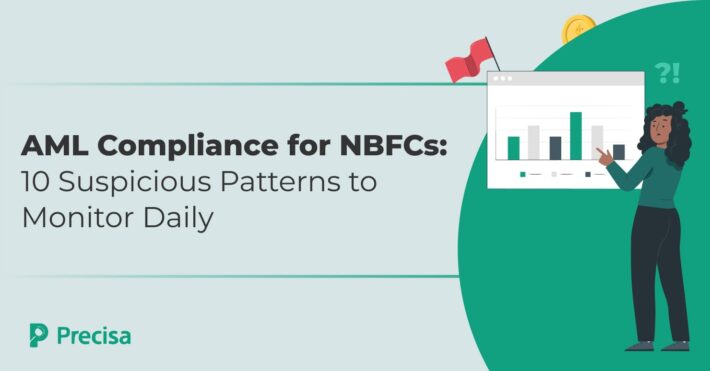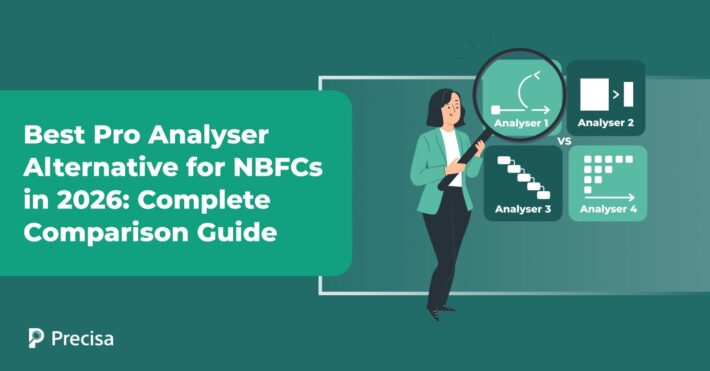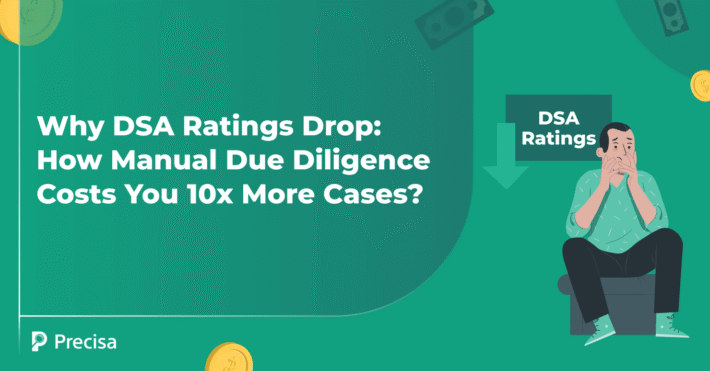Why Are NBFC Companies Seeking Liquidity Support System in 2023?

The COVID-19 pandemic has had a significant impact on the non-banking financial sector. The sudden and widespread lockdowns resulted in a slowdown in economic activity, leading to a sharp drop in demand for loans and a decrease in consumer spending and investment.
Non-Banking Financial Companies (NBFCs) faced challenges in terms of collecting payments and meeting liquidity requirements, causing a dent in their margins. The demand for affordable housing and automobile loans witnessed a significant dip, and many NBFCs faced difficulty raising fresh funds due to market uncertainty.
The government has taken several measures to support the NBFC sector, including liquidity support, but the sector still continues to struggle on its road to recovery.
According to an RBI report NBFCs’ credit to Gross Domestic Product (GDP) ratio increased from 8.6 % in FY 2012-13 to 12.2 % in FY 2018-19. This ratio moderated slightly to 11.6 % in FY 2019-20 in the wake of the pandemic. The NBFCs’ credit to GDP ratio in India rose again and stood at 13.7 % in the financial year 2021.
While banks and HFCs (home finance companies) have active liquidity support systems through the Reserve Bank of India and National Housing Bank (NHB), NBFC companies do not have such a system. Therefore, NBFCs are continuously striving for an agency to provide active liquidity support to the NBFCs, which the government of India could adequately fund.
Liquidity-improvement measures can make it easier for NBFCs to access funds at a lower rate than the market rate.
Liquidity Support System: What Does It Mean?
Liquidity support systems refer to a system designed to help stabilise financial markets by providing capital and improving liquidity to support market activities. It is designed to help ensure that markets remain liquid and functioning during times of crisis when liquidity is often scarce. This support usually takes the form of loans, capital injections, guarantees, and other financial instruments.
In the context of NBFC companies, liquidity support can be provided by the government, regulators, or other financial institutions.
What Drives NBFC Companies to Seek Liquidity Support?

NBFCs are seeking liquidity support in 2023 due to multiple factors affecting their ability to access funds from traditional sources of funding.
The COVID-19 pandemic has led to a slowdown in the economy, resulting in reduced business activities and lower revenues for NBFC companies. This has reduced their ability to generate income and meet their financial obligations.
In addition, there have been concerns about the asset-liability mismatch faced by NBFCs, which has made it difficult for them to access funding from traditional sources such as banks and mutual funds. This has led to a liquidity shortage for these companies, making it difficult to meet their short-term financial obligations.
Furthermore, recent Reserve Bank of India (RBI) regulatory changes have made it more difficult for NBFC companies to access funding, such as making it more difficult for them to raise funds through bonds and commercial papers.
Finally, the rising competition in the NBFC sector has made it more difficult for companies to access funds. With the entry of new players and increasing competition, NBFC companies are also facing pressure to maintain their market share, leading to a higher demand for funds.
What Are the Top Priorities for the NBFC Industry in 2023?
NBFCs in India are seeking relief in the form of exemptions, liquidity support, and other measures to help with the current global economic crisis. Listed below are some of the key priorities of NBFCs:
1. Obtaining ‘Priority Sector Status’ for eligible gold loans
Restoring NBFCs as priority sector status to eligible gold loans, including microloans, farmer loans, and micro business loans, can make a significant difference.
Lending gold NBFCs primarily serve the bottom of the pyramid, where borrowing needs are frequently less than INR 50,000 (equivalent to approximately 20 grams of gold as collateral) for short periods of less than a year. Gold loans are used by farmers, microbusiness owners, and shopkeepers to meet seasonal working capital needs or other urgent needs that are typically not covered by the banking system. The gold loan against household jewellery is one of the most common and widespread sources of funding for Micro, Small & Medium Enterprises (MSMEs).
In contrast to gold loans provided by NBFCs, gold loans provided by banks to farmers are considered priority sector lending. This anomaly can be removed in order to make all micro gold loans (i.e., loans under INR 50,000) eligible for priority sector lending status.
This can help NBFCs to provide gold loans to raise more funds for future projects.
2. Securitised short-term assets
It can prove to be beneficial for NBFCs if the government permits short-term gold loans to be securitised without the minimum holding period requirement (MHP) but with a minimum retention requirement (MRR) of 20% of book value and 20% of cash flows.
Ideally, regulations should allow the securitisation of loans with bullet payments due in less than a year, similar to how credit card receivables are consolidated.
In order to easily issue and trade asset-backed securities, large-scale securitisation of gold loan NBFC assets is necessary. This will increase the liquidity of an otherwise illiquid balance sheet. As a result, the Indian debt market will grow and deepen, and it may be able to supplement banks significantly as a source of long-term funds.
Short-term debt instruments would be a desirable investment option for retail investors seeking higher returns but unwilling to lock their money away for longer periods of time. Their exposure includes certain risks like credit, liquidity, and interest.
Summing Up!
NBFCs are seeking liquidity support in 2023 due to the impact of the COVID-19 pandemic, the asset-liability mismatch faced by these companies, regulatory changes, and rising competition. This has led to a shortage of funds, making it difficult for NBFCs to meet their financial obligations.
The non-banking finance sector is a key driver of growth in the Indian economy. It caters to a segment of society that commercial banks do not typically serve. A report by TeamLease Regtech delves into the regulatory ecosystem of NBFCs to provide readers with an understanding of the compliance landscape’s complexities.
It highlights the challenges and inefficiencies in these financial institutions’ current compliance processes. It also makes recommendations to help these businesses effectively manage their compliance obligations through the use of digital processes.
The NBFC industry is also growing thanks to the evolving Fintech industry, which is dedicated to providing the most seamless solutions. Fintech is also allowing NBFC companies and small finance banks to reinvent their business models in order to increase market penetration.
Precisa is one such fintech tool that assists lenders with bank statement analysis. It offers deep-driven Machine Learning insights and calculations that significantly boost the speed and accuracy of lending operations.
Take advantage of Precisa’s free trial to discover the product’s features in seconds, or sign up for a demo today.



